Special Report
15 Companies Making the Most From the Government

Published:
Last Updated:

U.S. government federal contract spending totaled $436.9 billion in 2015, with an estimated 64% of the spending going to national defense contracts. The U.S. defense budget is by far the largest in the world, and the government relies heavily on the private sector to meet its needs. Likewise, many contractors rely on the government for a substantial share of their revenue.
To determine the companies profiting the most from the U.S. government, 24/7 Wall St. analyzed contract data from the Federal Procurement Data System. Companies were ranked on total payments received from U.S. government contract obligations in the 2015 government fiscal year.
[in-text-ad]
Former President Barack Obama signed the Budget Control Act into law in 2011, effectively reducing the defense budget by roughly $1 trillion over the 10-year period through 2021. Since 2011, annual defense spending has declined by 12.5%, likely also as a result of the reduced involvement in the Middle East. The budget cuts reduced the resources available for military contracts. Between the 2014 and 2015 fiscal years, annual contract spending fell by roughly $7.4 billion.
Click here to see the 15 companies getting the most money from the U.S. government.
Each of the five contractors receiving the most money from the federal government in fiscal 2015 — Lockheed Martin, Boeing, General Dynamics, Raytheon, and Northrop Grumman — were also in the top five each year since fiscal 2009. Also known as the big five, these companies have a longstanding relationship with the federal government and are unlikely to lose their status as top contractors in the near future.
In an interview with 24/7 Wall St., Rob Levinson, senior defense analyst at Bloomberg Government, explained, “These companies have been doing business with the federal government for so long, they know very well how to navigate that whole process, which winds up being a comparative advantage.” The top five contractors received more than 20% of annual U.S. government contract payments in 2015.
The U.S. military requires extremely expensive equipment, including nuclear submarines, aircraft carriers, and fighter jets. “There just aren’t that many companies that can do that,” and partially as a result, “[large contractors] have pretty consolidated positions,” Levinson said. Huntington Ingalls Industries, for example, is the only company capable of building the Navy’s nuclear-powered aircraft carriers, and one of two that builds the current fleet of DDG-51 Arleigh Burke-class destroyers.
Major federal contractors are certainly not immune to shifting market and industry environments. For instance, in the wake of recent budget cuts, the government has lowered its quality standards for many IT products, favoring the least expensive bid proposals over more expensive, higher quality options. From the perspective of the U.S. government, these businesses have more flexible quality standards and are more easily replaced by smaller companies, in stark contrast to weapons and infrastructure operations.
As a consequence, many contractors are shifting focus from their lower margin business segments. SAIC, for example, recently spun off its IT services segment into a separate company called Leidos. Lockheed Martin also spun off its IT business into a separate entity and merged it with the newly-formed Leidos.
The federal contracting industry is complex, and current trends are not necessarily bound to continue. Throughout his campaign, President Donald Trump promised to boost the defense budget and build up the military. Taking into consideration Trump’s outspoken disapproval of current U.S. trade policy as well, the new administration may invoke substantial change in the contracting industry.
To identify the companies gaining the most from the federal government, 24/7 Wall St. analyzed data compiled by the General Services Administration and accessed through the Federal Procurement Data System. Companies were ranked on total payments received from U.S. government contract obligations in the 2015 government fiscal year. Data on individual contracts also came from the Federal Procurement System.
These are the 15 companies profiting the most from the federal government.

15. Health Net Inc.
> FY 2015 contract obligations: $3.02 billion
> FY 2014 contract obligations: $3.23 billion
> FY 2014-2015 change: -6.4%
> Headquarters: Woodland Hills, California
Health Net, Inc. is a health care insurance provider headquartered in Woodland Hills, California. Health Net is a major contractor of Tricare, the health care program of the U.S. Department of Defense. Health Net provides civil health benefits to military personnel, veterans, retirees, and their dependents. The company has been Tricare’s primary health insurance contractor since 1988, the year the Tricare health care program began. The initial deal between Tricare and Health Net was at that time the largest U.S. government contract ever signed with a health care provider. It set a precedent for the government to outsource the bulk of its massive health care needs to a non-government provider. Today, Health Net serves all of the Tricare North Region, which consists of 2.9 million active and retired military personnel and family members. On July 21, 2016, the Department of Defense announced that Health Net would be awarded the Tricare West Region contract as well, placing an additional 2.9 million military personnel under the company’s care.
[in-text-ad]

14. Booz Allen Hamilton Holding Corporation
> FY 2015 contract obligations: $3.30 billion
> FY 2014 contract obligations: $3.47 billion
> FY 2014-2015 change: -5.1%
> Headquarters: McLean, Virginia
Booz Allen Hamilton is one of the largest technology and management contractors in the world. The U.S. government reported in its fiscal 2015 $3.3 billion of obligated contract payments to Booz Allen. The company’s main contractors within the U.S. government are the Army, Navy, and Air Force. While some of the company’s contract awards are classified, some are not. Among them is a contract valued at $82.9 million over three years from the Department of Homeland Security to help strengthen cybersecurity defense of six federal agencies.
Booz Allen Hamilton won another major contract in 2015, valued at $204 million, with the Health and Human Services department and Centers for Disease Control and Prevention. The company will provide application lifecycle management for the department’s and the CDC’s information technology services.

13. Science Applications International Corporation
> FY 2015 contract obligations: $3.38 billion
> FY 2014 contract obligations: $980 million
> FY 2014-2015 change: 246.0%
> Headquarters: McLean, Virginia
Science Applications International Corporation is an information technology company doing business with the U.S. government and in various commercial markets. In the 2014 fiscal year, SAIC received an estimated $980 million in government contract obligations. The following government fiscal year, SAIC received $3.38 billion in contract payments. The 246% year-over-year increase was the largest of any major government contractor, and is likely the result of the company’s acquisition of Scitor Holdings for $790 million in May 2015. Scitor, a high-end intelligence-services provider, operated in areas in which SAIC had previously lacked expertise. Last year, SAIC was awarded a three-year contract potentially worth $900 million to provide services to the Joint Program Executive Office for Chemical and Biological Defense of the U.S. Army.

12. Humana Inc.
> FY 2015 contract obligations: $3.61 billion
> FY 2014 contract obligations: $3.59 billion
> FY 2014-2015 change: 0.6%
> Headquarters: Louisville, Kentucky
Health insurance company Humana generates approximately 73% of its revenue through government contracts. Humana began its relationship with the U.S. military in 1993, when it founded a subsidiary called Humana Military Healthcare Services. Today, Humana’s military subsidiary provides health care for the 3.1 million active and retired military personnel in the Department of Defense Military Health System Tricare South region, one of three regions under the nationwide Tricare health system. Humana won its first Tricare contract in 1996, and fought against the government’s decision to award it to rival provider UnitedHealth when it was up for renewal in 2009. Humana succeeded, and in February 2011 was awarded its sixth Tricare contract, which was worth a total of $23.5 billion over five years.
[in-text-ad]

11. Huntington Ingalls Industries Inc.
> FY 2015 contract obligations: $3.66 billion
> FY 2014 contract obligations: $4.66 billion
> FY 2014-2015 change: -21.5%
> Headquarters: Newport News, Virginia
Huntington Ingalls Industries, a 2011 spinoff of defense contractor Northrop Grumman, is the largest supplier of combat ships for the U.S. Navy. The company has supplied approximately 70% of the Navy’s total fleet of warships. Huntington Ingalls is also the only company capable of building the Navy’s nuclear-powered aircraft carriers. Aircraft carriers account for 35% of the company’s revenue.
Huntington Ingalls Industries relies heavily on the demands of the U.S. Navy, which has announced its intent to grow its fleet substantially over the next 30 years. The Navy currently has 274 deployable ships, and has stated a target fleet size of 308 ships. In the most recent update to the Navy Force Structure Assessment, however, the Navy outlined its need for a fleet of 355 ships. While the proposed fleet expansion would not fit under the current budget, President-elect Donald Trump has stated that his administration would lead a major naval buildup once in office. Huntington Ingalls is slated to build a large share of the new ships.
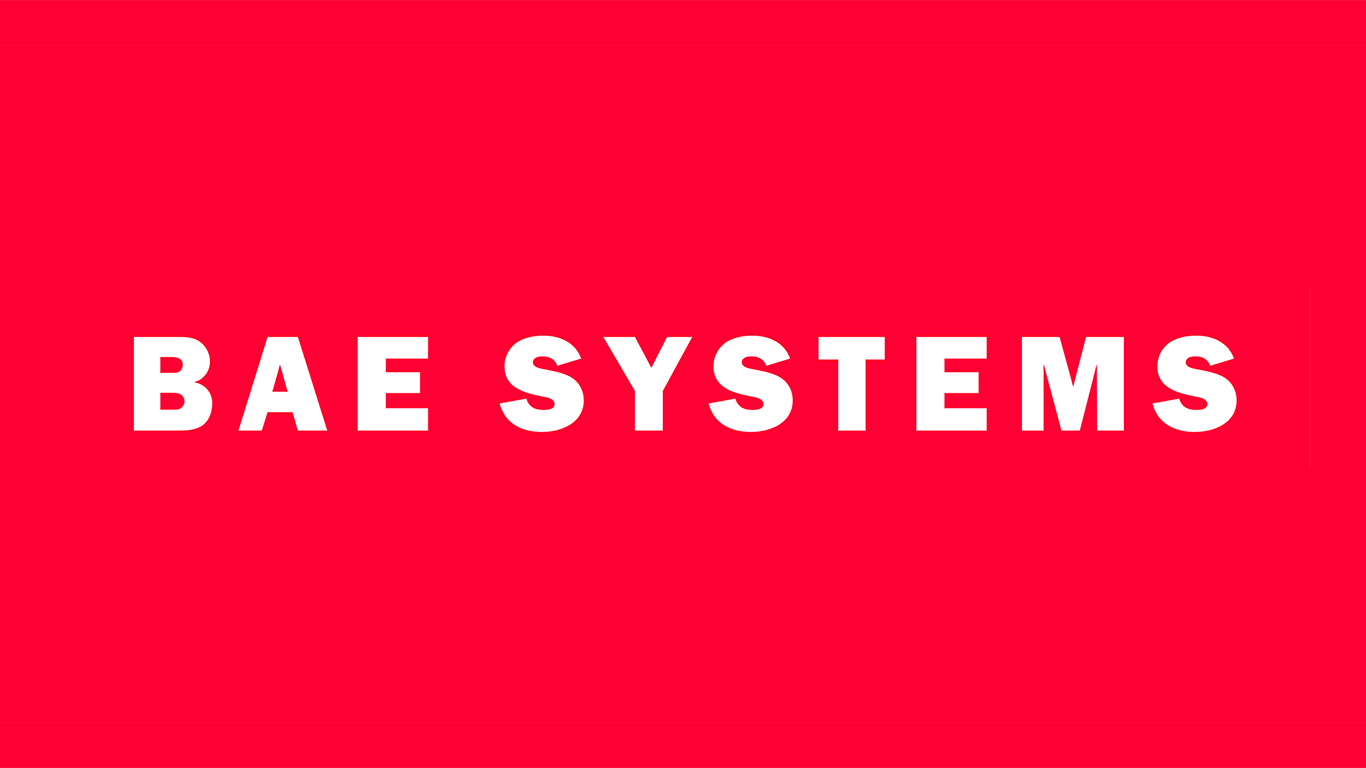
10. Bae Systems Plc
> FY 2015 contract obligations: $4.44 billion
> FY 2014 contract obligations: $4.99 billion
> FY 2014-2015 change: -11.1%
> Headquarters: London, England
Defense, aerospace, and security company Bae Systems is the only top 15 U.S. contractor based outside of the United States. While the company is headquartered in London, it has a significant presence in the United States — likely due to its heavy dependence on U.S. government contracts. Of the approximately 82,500 Bae Systems employees, 33,800 work in the UK and 29,600 in the United States.
Many of the thousands of contracts the U.S. government awards Bae Systems each year are for Navy systems. In December of last year, the company was awarded a five-year U.S. Navy contract worth up to $368 million, one of the larger, more recent deals. Under the contract, Bae Systems will provide systems engineering and support services to the Navy’s Strategic Systems Programs (SSP) office, which oversees the UK Dreadnought class of submarines.
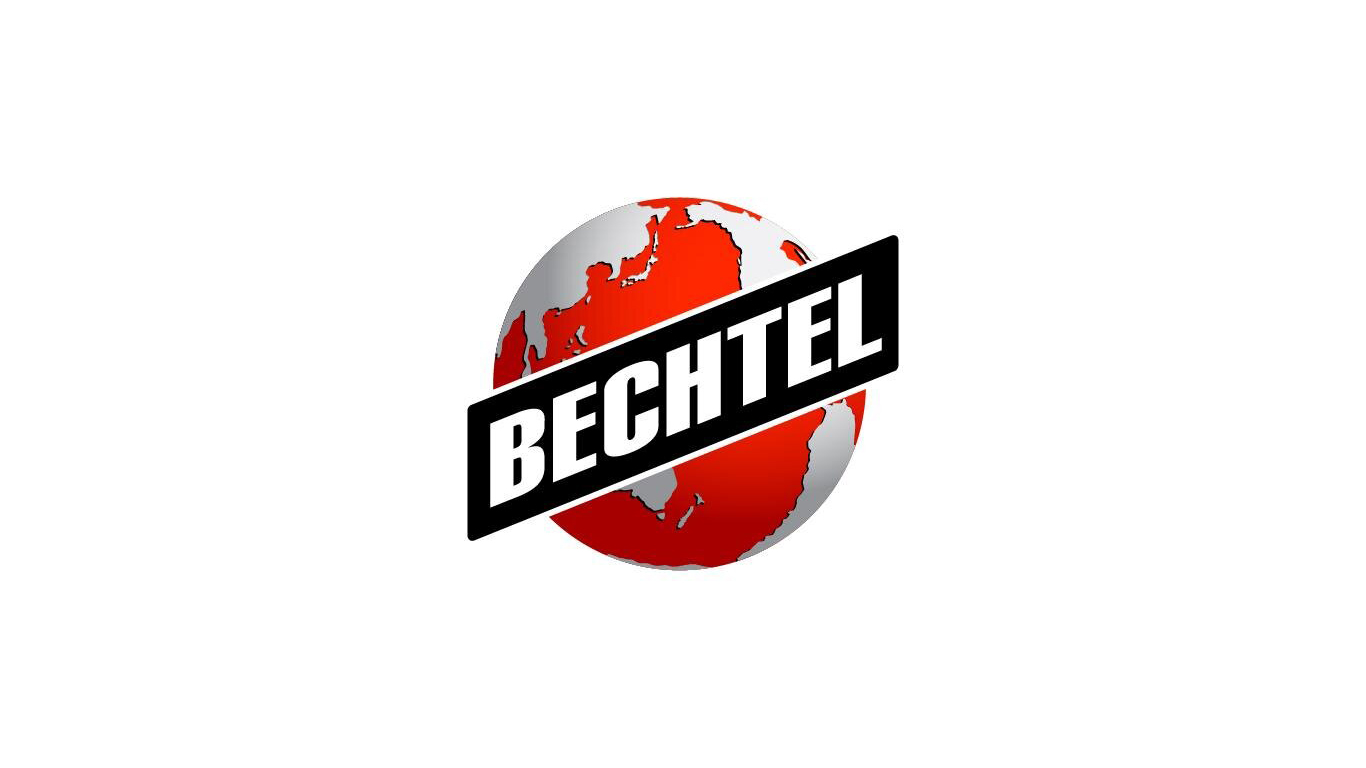
9. Bechtel Group Inc.
> FY 2015 contract obligations: $4.65 billion
> FY 2014 contract obligations: $4.10 billion
> FY 2014-2015 change: 13.3%
> Headquarters: San Francisco, California
Bechtel is one of the largest construction and engineering companies in the United States, and one of the only private companies among the largest federal contractors. Founded in 1898, the company has since built some of the largest and most complex structures in the world. Notable projects include the Hoover Dam in 1935, the Bay Area Rapid Transit system in 1976, and the Channel Tunnel in 1994. In fiscal 2015, Bechtel received $4.65 billion in contract payments from the U.S. government.
In the wake of shrinking federal defense spending, Bechtel has diversified its services through a number of acquisitions and partnerships in recent years. Under an ongoing government contract, the company has been building a plant for the disposal of nuclear waste left during the Manhattan Project. The contract was recently modified with a $3.1 billion incentive to help ensure the initial phase of the project is completed by 2022.
[in-text-ad]

8. L-3 Communications Holdings Inc.
> FY 2015 contract obligations: $5.45 billion
> FY 2014 contract obligations: $5.79 billion
> FY 2014-2015 change: -5.9%
> Headquarters: New York, New York
U.S. Department of Defense and other U.S. federal government contracts accounted for approximately 70% of L-3 Communications’ annual revenue of $10.47 billion in 2015. In addition to the U.S. government, L-3 customers include foreign governments and domestic and international commercial customers.
The company’s largest deal last year was the Fort Rucker Maintenance Support contract with the U.S. Army Aviation and Missile Life Cycle Management Command (AMCOM). For the duration of the arrangement, L-3 will be responsible for maintenance and support primarily for rotary wing aircraft assigned to Fort Rucker and satellite units in Alabama. This contract alone accounted for 4.3% of L-3’s total 2015 sales. The contract will continue through September 2017.
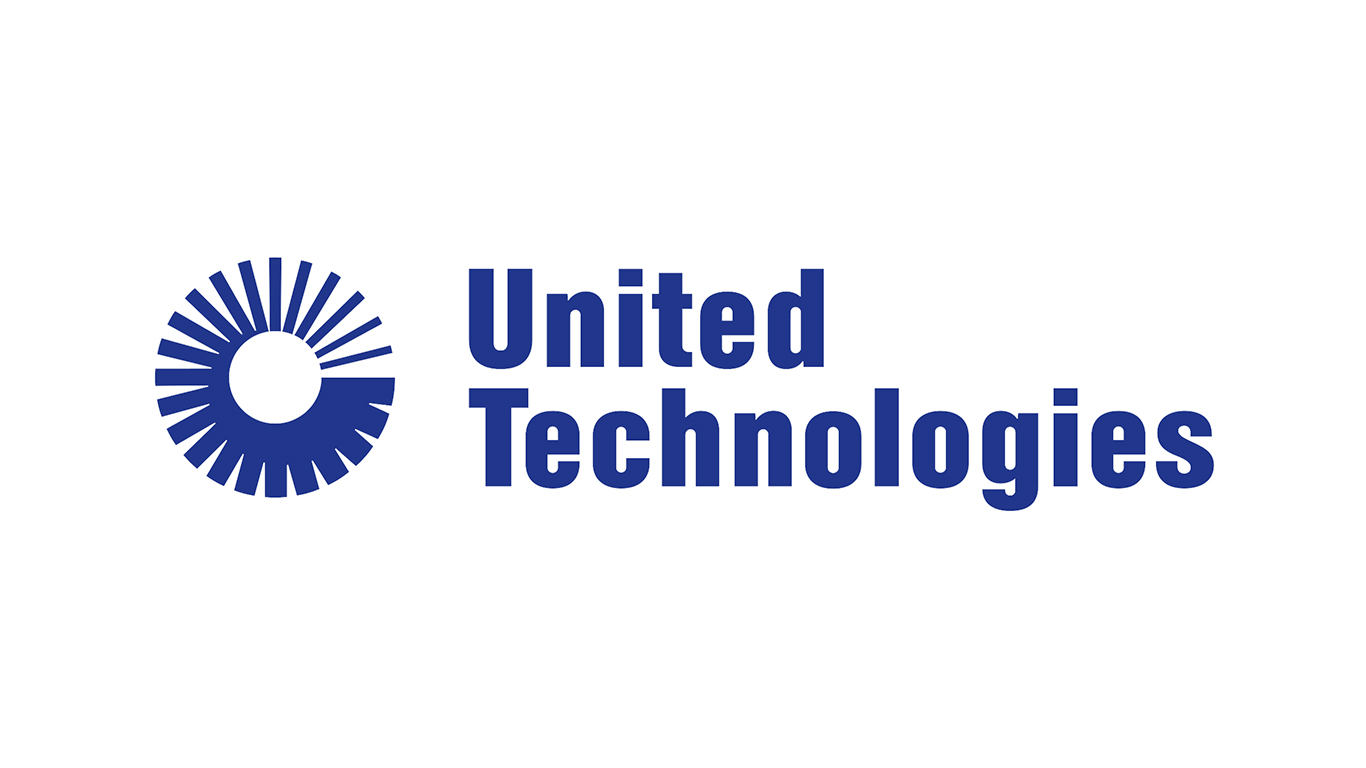
7. United Technologies Corporation
> FY 2015 contract obligations: $6.79 billion
> FY 2014 contract obligations: $5.98 billion
> FY 2014-2015 change: 13.6%
> Headquarters: Farmington, Connecticut
United Technologies supplies aerospace systems, aircraft components, escalators and elevators, and climate control solutions to private, commercial, and government customers worldwide. The company has a large commercial segment, and government contracts account for just 12% of its total revenue. The largest deal between the U.S. government and United Technologies in the past year was a $1.5 billion contract for the development of propulsion systems for the F-35 Lightning II fighter jet.
Like many large defense contractors, United Technologies has reorganized its business segments in response to a shrinking U.S. defense budget. The company completed the $9 billion sale of its Sikorsky helicopter unit to Lockheed Martin in November 2015.

6. Mckesson Corporation
> FY 2015 contract obligations: $8.36 billion
> FY 2014 contract obligations: $6.21 billion
> FY 2014-2015 change: 34.6%
> Headquarters: San Francisco, California
California-based pharmaceutical and information technology company Mckesson Corporation received over $8 billion in payouts through U.S. government contracts in 2015.
Mckesson Corporation does not report the exact portion of operating revenue obtained through government contracts. However, while most companies on this list rely very heavily on their business relationships with the U.S. government, it is clear that a relatively small share of Mckesson’s annual revenue comes from sales to the U.S. government. In fact, the company’s largest customer is CVS Health, which accounted for over 20% of total annual revenue. With $190.88 billion in reported revenue in its fiscal 2015, Mckesson Corporation is one of the largest companies in the world.
[in-text-ad]
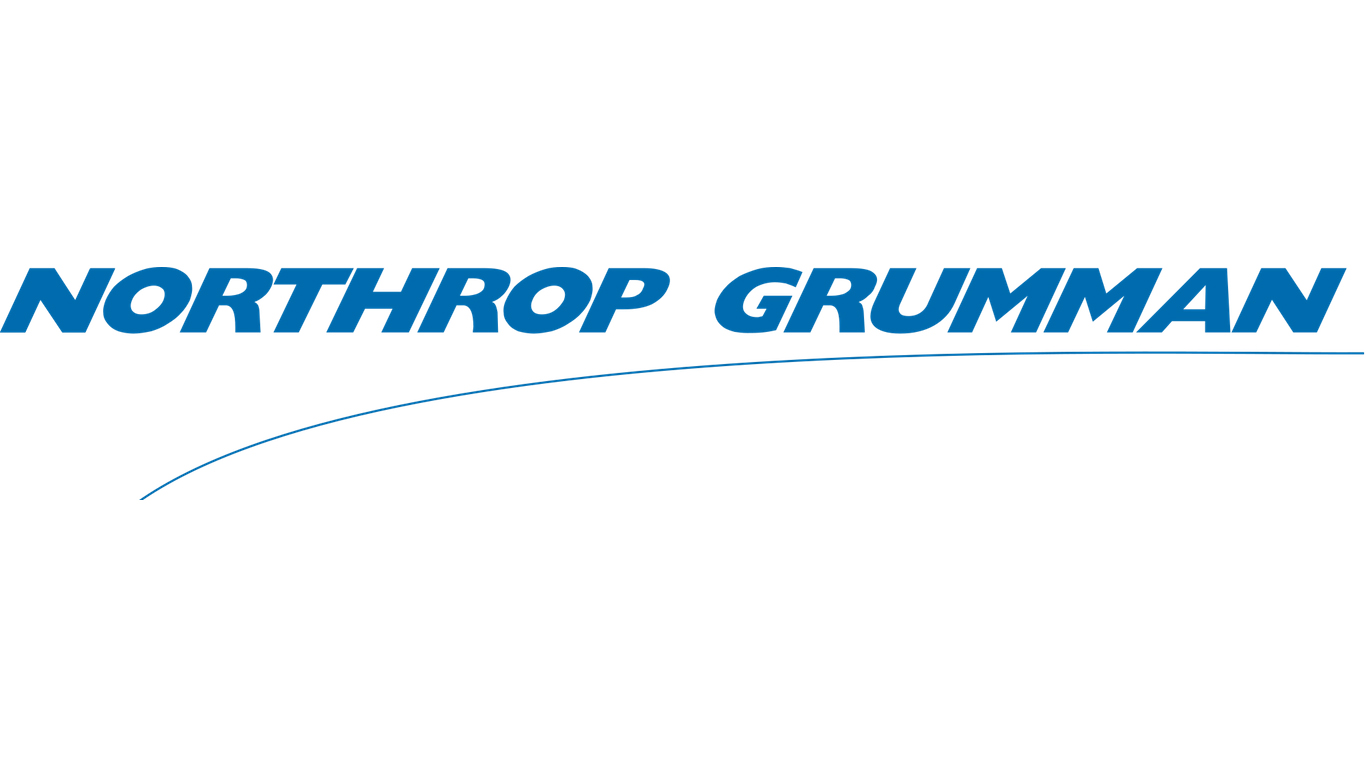
5. Northrop Grumman Corporation
> FY 2015 contract obligations: $10.64 billion
> FY 2014 contract obligations: $10.26 billion
> FY 2014-2015 change: 3.6%
> Headquarters: Falls Church, Virginia
Aerospace and defense company Northrop Grumman derives nearly all of its revenue from U.S. and foreign government contracts. Nearly $20 billion of the defense company’s $23.53 billion revenue in 2015 came from the U.S. government alone.
In what was likely one of the most important U.S. military deals in decades, Northrop Grumman was awarded in October 2015 the highly coveted $80 billion contract to supply the U.S. military with 100 Long Range Strike Bombers. While a protest filed against the deal delayed work on the contract, the contract was officially confirmed at the beginning of last year. The B-2 Spirit stealth bomber is the predecessor of Northrop’s newly named B-21 Raider warplane.

4. Raytheon Company
> FY 2015 contract obligations: $13.11 billion
> FY 2014 contract obligations: $12.62 billion
> FY 2014-2015 change: 3.9%
> Headquarters: Waltham, Massachusetts
The nature of threats change over time, and defense contractors frequently diversify their businesses to predict the demands of changing warfare and new threats. More than most major defense contractors, Raytheon is one such example. While perhaps better known for its missiles manufacturing and defense products, the Massachusetts-based defense contractor also has invested heavily in its cybersecurity operations. Raytheon purchased cyber security company Websense in the middle of 2015 for $1.7 billion. The deal was an indication of the growing threat of cyberattacks, as well as Raytheon’s effort to diversify and move into commercial markets and away from dependence on defense contracts. More recently, Raytheon won a $1 billion contract with the U.S. government to help protect over 100 federal civilian agencies against cyber threats.
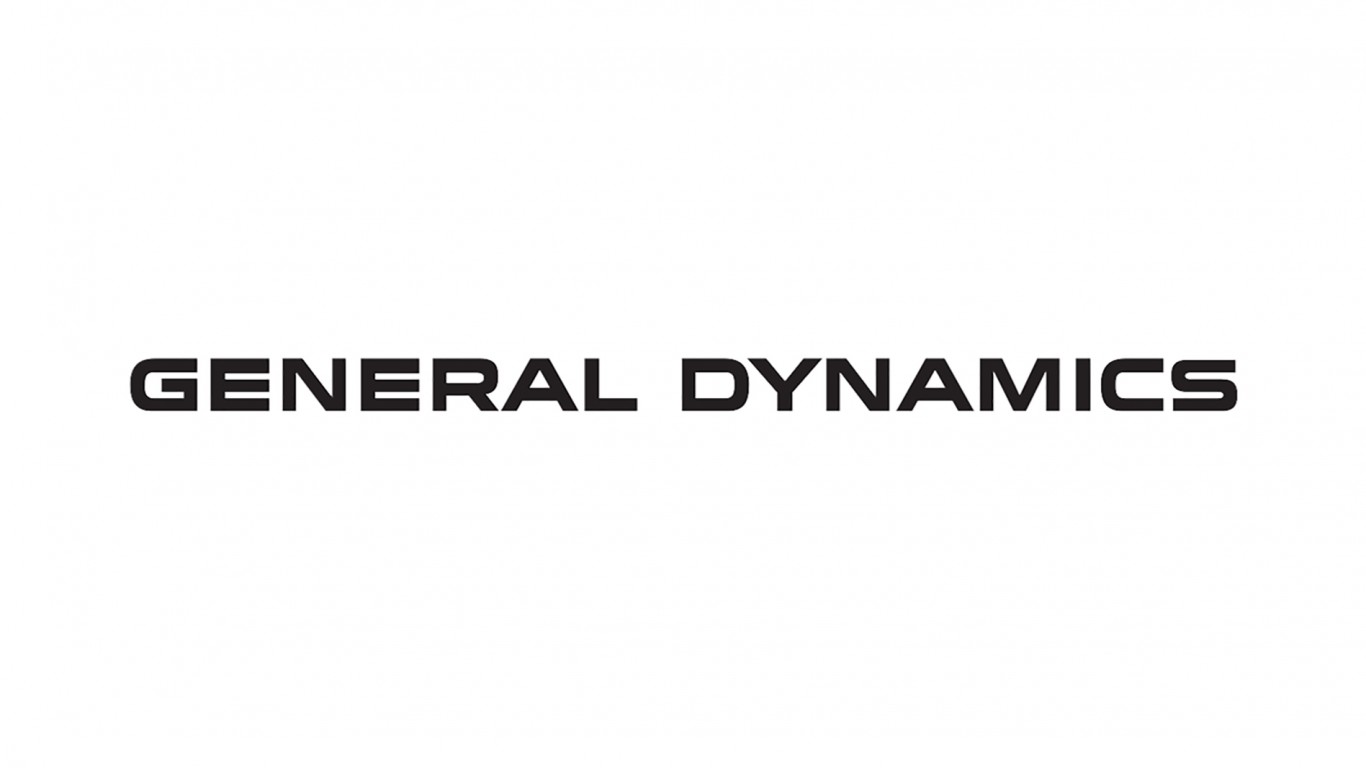
3. General Dynamics Corporation
> FY 2015 contract obligations: $13.63 billion
> FY 2014 contract obligations: $15.35 billion
> FY 2014-2015 change: -11.2%
> Headquarters: Falls Church, Virginia
Based in Falls Church, Virginia, outside Washington D.C., General Dynamics has a close relationship with the federal government, both in terms of business and geography. In the company’s 2015 fiscal year, $17.98 billion, or 57% of revenue, came from the U.S. government. GD’s primary operations are in aerospace, combat systems, information systems, and marine systems. Like other shipbuilders on this list, GD stands to benefit substantially from President Trump’s proposal to expand the U.S. Navy fleet. According to the company, a portion of its information systems and combat systems segments are actually owned by the government.
The company is also relatively active with non-government customers. Gulfstream Aerospace Corporation, a GD subsidiary, is known for its private business jets. According to the company, more than 2,500 Gulfstream jets have been sold since the 1950s.
[in-text-ad]

2. The Boeing Company
> FY 2015 contract obligations: $16.65 billion
> FY 2014 contract obligations: $19.61 billion
> FY 2014-2015 change: -15.1%
> Headquarters: Chicago, Illinois
While Chicago-based Boeing profits immensely from U.S. government contracts, the company is not nearly as dependent on federal spending as other major U.S. contractors. Of Boeing’s 2015 revenue of $96.11 billion, less than one-third, or $30.39 billion, came from its defense, space, and security operations. The remainder of the company’s 2015 revenue, $66.05 billion, was attributable to Boeing’s commercial airplane business. Of the revenue generated from defense contracts, 62% came from sales to the U.S. Department of Defense.
Like many large U.S. manufacturing companies, including top government contractors, Boeing’s corporate strategy will likely change under President Trump. The widely expected higher military spending will certainly help Boeing. On the other hand, Boeing is the country’s largest exporter, and any new or revised trade regulations could have a major effect on the company.
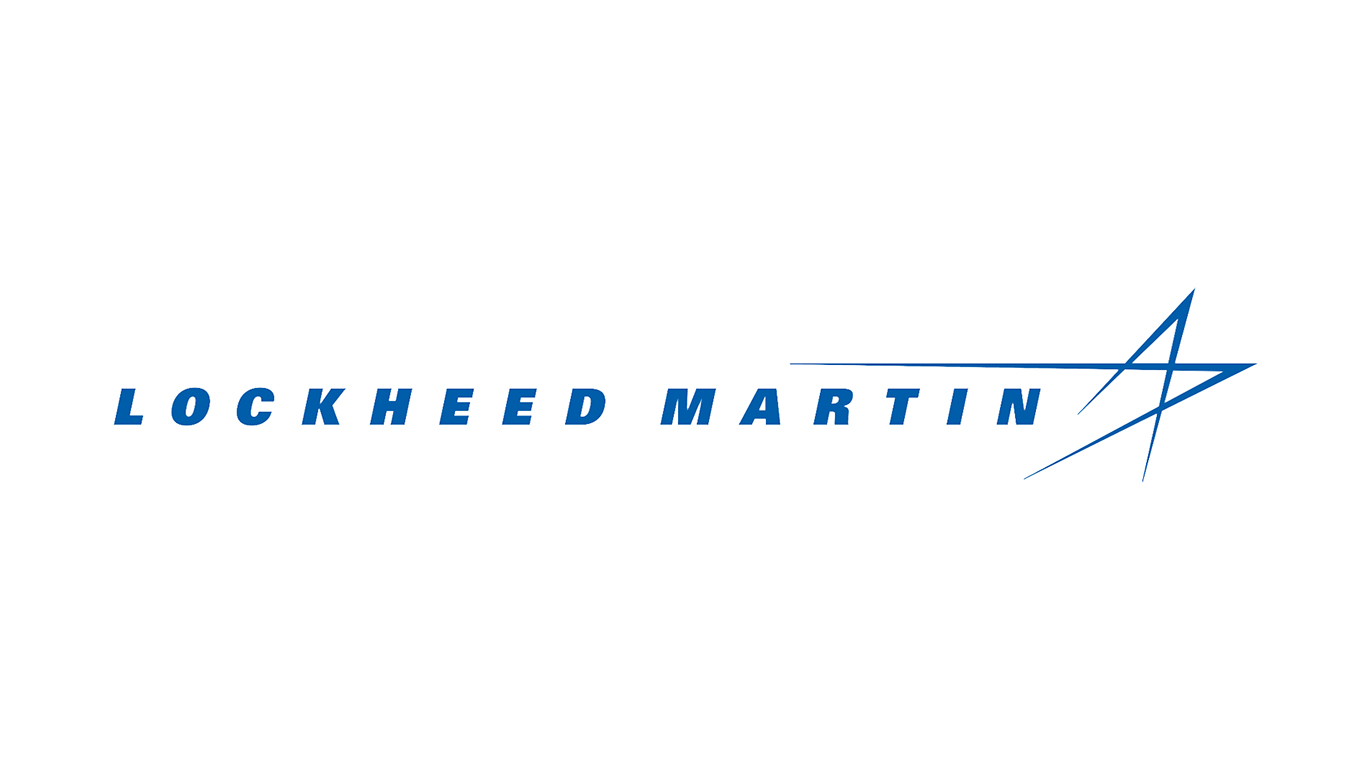
1. Lockheed Martin Corporation
> FY 2015 contract obligations: $36.26 billion
> FY 2014 contract obligations: $32.23 billion
> FY 2014-2015 change: 12.5%
> Headquarters: Bethesda, Maryland
In 2015, Lockheed Martin acquired helicopter manufacturer Sikorsky Aircraft from United Technologies Corp. for $9 billion. With the acquisition of the Black Hawk helicopter-maker, Lockheed’s annual sales rose considerable, and the company is now the world’s top helicopter manufacturer. While contractors have been generally reporting lower sales due to declining U.S. and Western European military spending, Lockheed’s sales have risen in each of the past three years. Sales to the U.S. government accounted for some 78% of Lockheed Martin’s $46.1 billion 2015 revenue.
The F-35 jet fighter program, the company’s largest, accounted for 20% of total net sales in 2015. Despite the widely expected increase in military spending under President Trump, he has actually vowed to cut spending on the F-35 program.
The thought of burdening your family with a financial disaster is most Americans’ nightmare. However, recent studies show that over 100 million Americans still don’t have proper life insurance in the event they pass away.
Life insurance can bring peace of mind – ensuring your loved ones are safeguarded against unforeseen expenses and debts. With premiums often lower than expected and a variety of plans tailored to different life stages and health conditions, securing a policy is more accessible than ever.
A quick, no-obligation quote can provide valuable insight into what’s available and what might best suit your family’s needs. Life insurance is a simple step you can take today to help secure peace of mind for your loved ones tomorrow.
Click here to learn how to get a quote in just a few minutes.
Thank you for reading! Have some feedback for us?
Contact the 24/7 Wall St. editorial team.